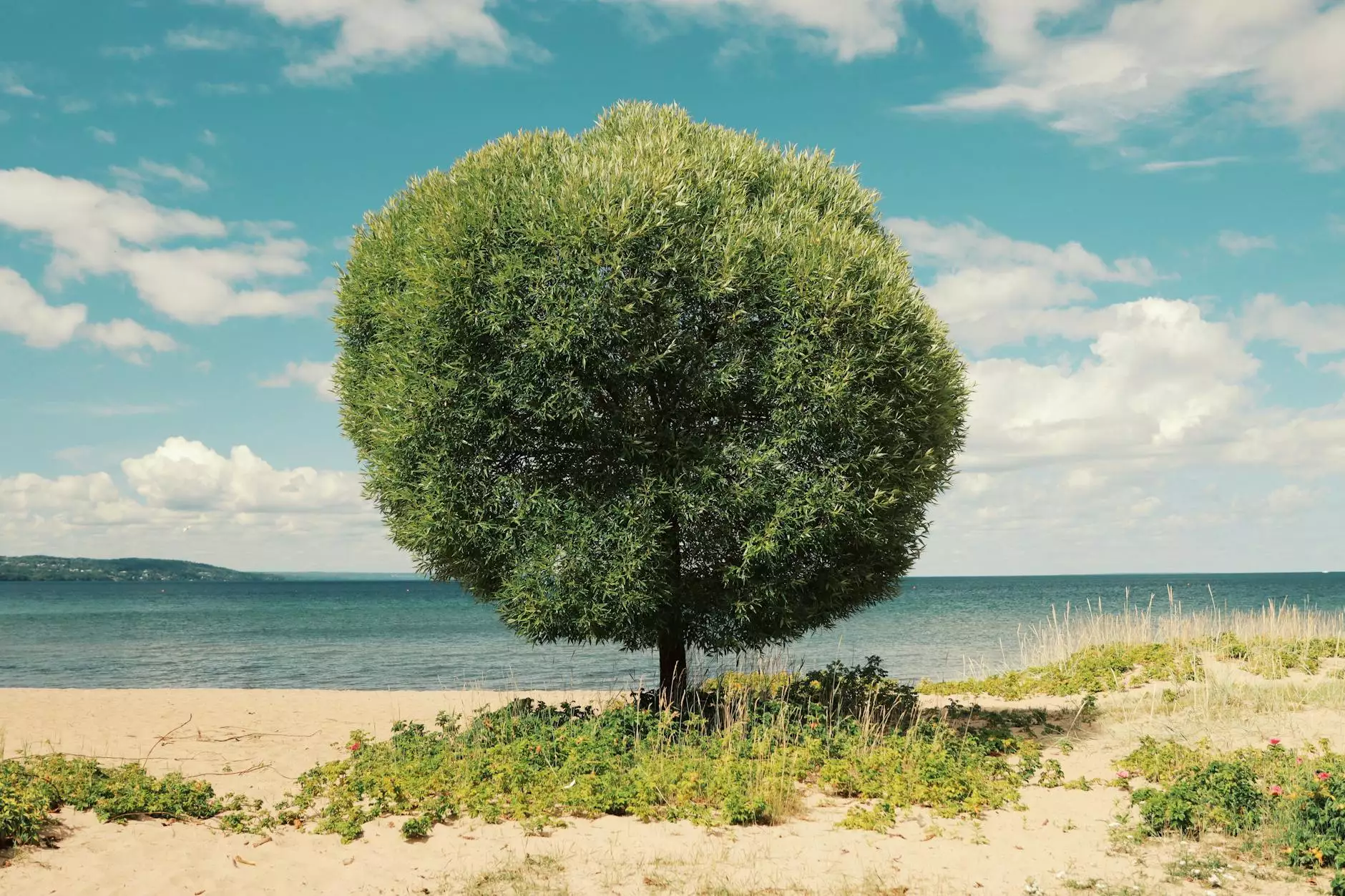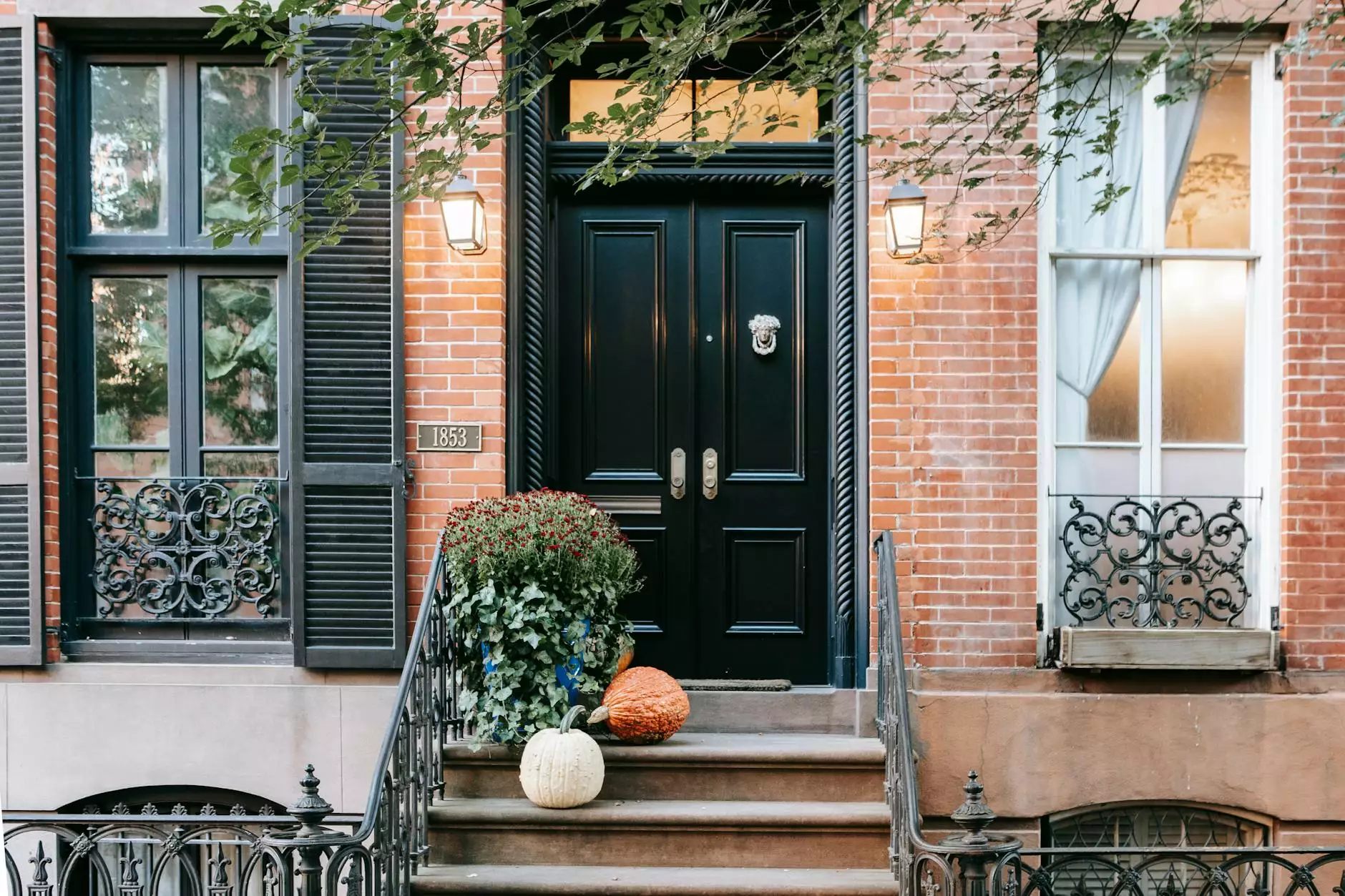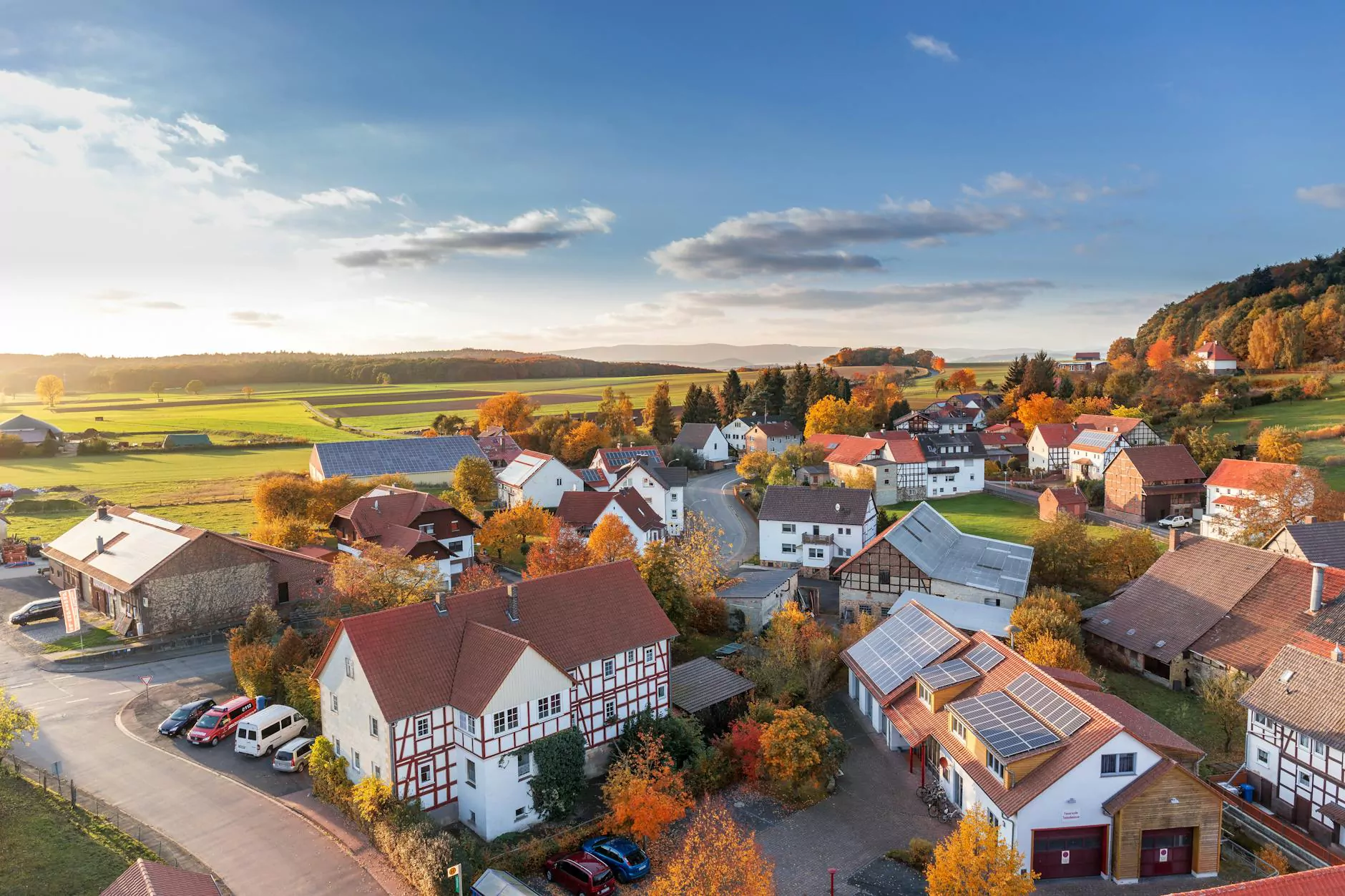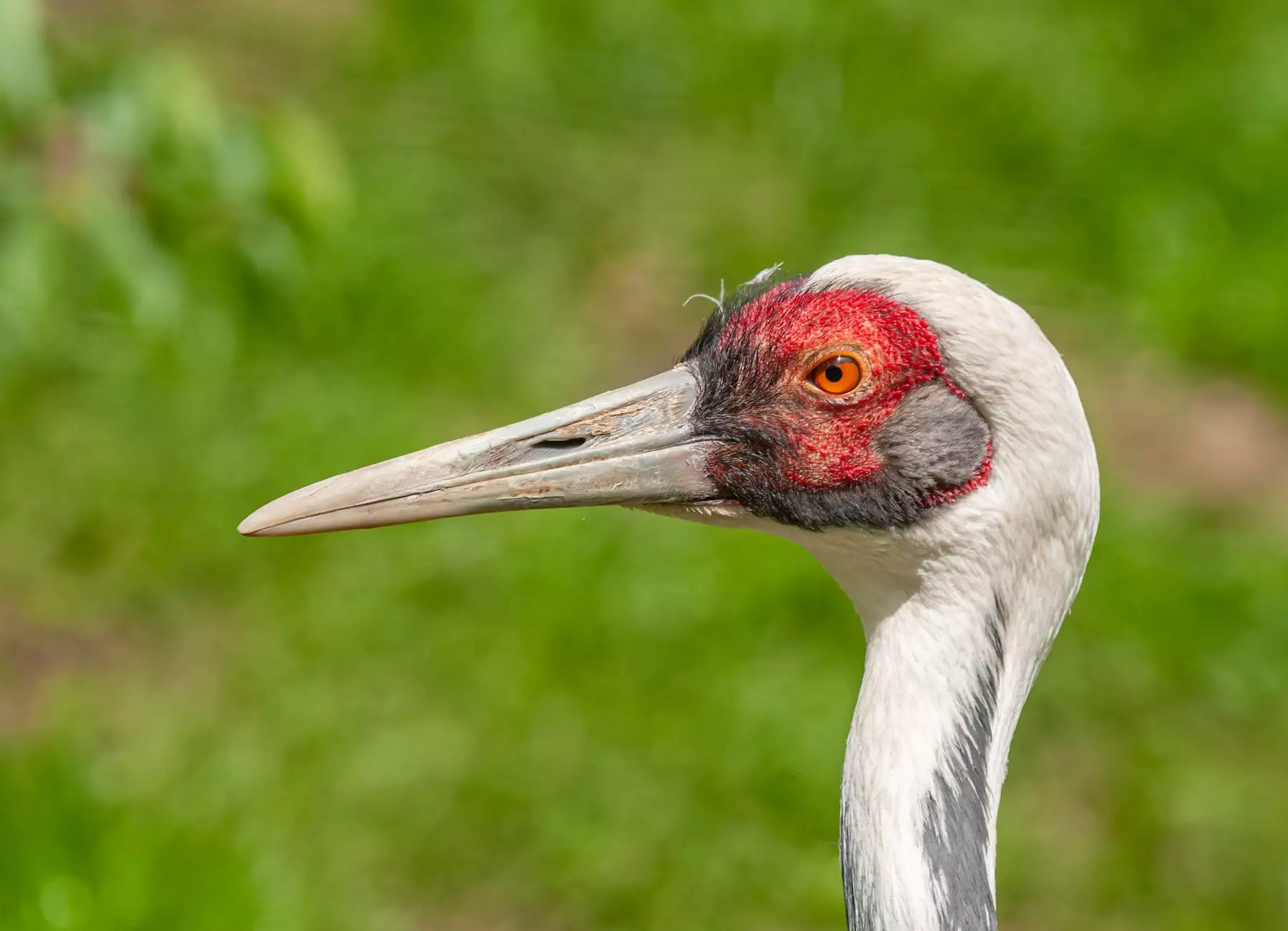Florida Wildlife With Ali: Barred Owls
Lifestyle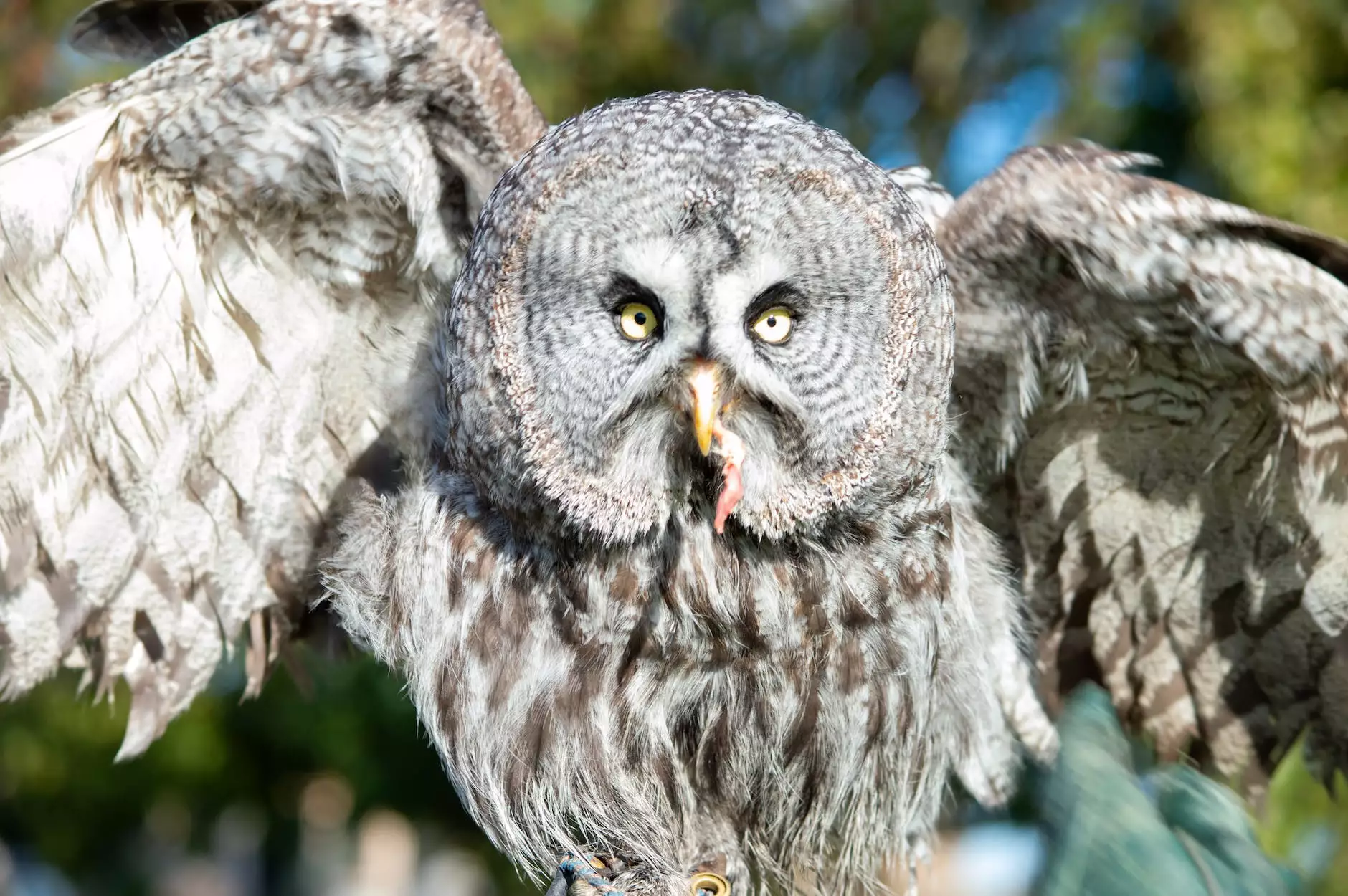
Welcome to Ageless Wisdom Magazine's exquisite collection of in-depth articles that unveil the hidden wonders of nature. In this edition, we embark on an intriguing journey into the captivating realm of Florida wildlife, uncovering the secrets of the beautiful Barred Owls.
Unveiling Barred Owls
If you are a nature enthusiast or an avid bird lover, you have likely come across the majestic Barred Owls (Strix varia) during your adventures in Florida's enchanting wilderness. With their distinct features and haunting calls, these owls have captured the fascination of both scientists and nature enthusiasts for generations.
Behavior and Habitat
Barred Owls are predominantly found in dense forests, swamps, and wooded areas across Florida. Their preferred habitats are mixed hardwood and coniferous forests, where they can find an abundance of prey and suitable nesting sites. These owls are mainly nocturnal, meaning they are most active during the night when they hunt for their prey.
Despite being nocturnal, Barred Owls are known for their adaptability and can sometimes be spotted during daylight hours. They possess excellent camouflage capabilities, with their plumage matching the colors and patterns of tree barks, making them almost invisible as they perch on branches.
Diet and Feeding Habits
Barred Owls are versatile hunters with a diverse diet. They primarily feed on small rodents such as mice, voles, and squirrels. Additionally, these owls have been observed consuming birds, amphibians, reptiles, and even large insects. They possess razor-sharp talons and a sharp beak, which enables them to catch and tear apart their prey with precision.
These owls are skilled hunters and rely on their exceptional night vision and acute hearing to locate potential prey. Their wings are perfectly designed for silent flight, allowing them to approach their victims undetected. Once caught, they often swallow their prey whole or tear it into smaller, more manageable pieces before consuming it.
Conservation Efforts
As with many captivating species, Barred Owls face several conservation challenges. The destruction of their natural habitats due to deforestation and urbanization poses a significant threat to their existence. Climate change, pollution, and collisions with vehicles also contribute to the decline in their populations.
Efforts are being made to protect and conserve Barred Owls through various initiatives such as habitat restoration, captive breeding programs, and public education. Scientists and conservationists are working tirelessly to study their behavior, monitor their populations, and implement sustainable conservation strategies to ensure a future for these magnificent creatures.
The Magic of Barred Owls
The allure of the Barred Owls extends beyond their captivating appearance and impressive hunting abilities. Their haunting calls, often described as "Who cooks for you? Who cooks for you all?" echo through nocturnal forests, adding an aura of mystery to their presence. The unique vocalizations of these owls serve as a way to establish territories and communicate with their mates.
Barred Owls have also been a subject of folklore and mythologies, symbolizing wisdom, transformation, and connection with the spiritual realm. Their stoic gaze and silent flight have inspired artists, writers, and poets for centuries, immortalizing their beauty in various forms of art.
Conclusion
In the vast wilderness of Florida, the Barred Owls reign supreme, captivating all those fortunate enough to witness their grace and majesty. From their mysterious behavior and ideal habitats to their versatile diet and ongoing conservation efforts, these incredible creatures have firmly established themselves as icons of Florida's wildlife. Let the enchantment of the Barred Owls ignite your curiosity and inspire you to protect and preserve the delicate balance of our natural world.


